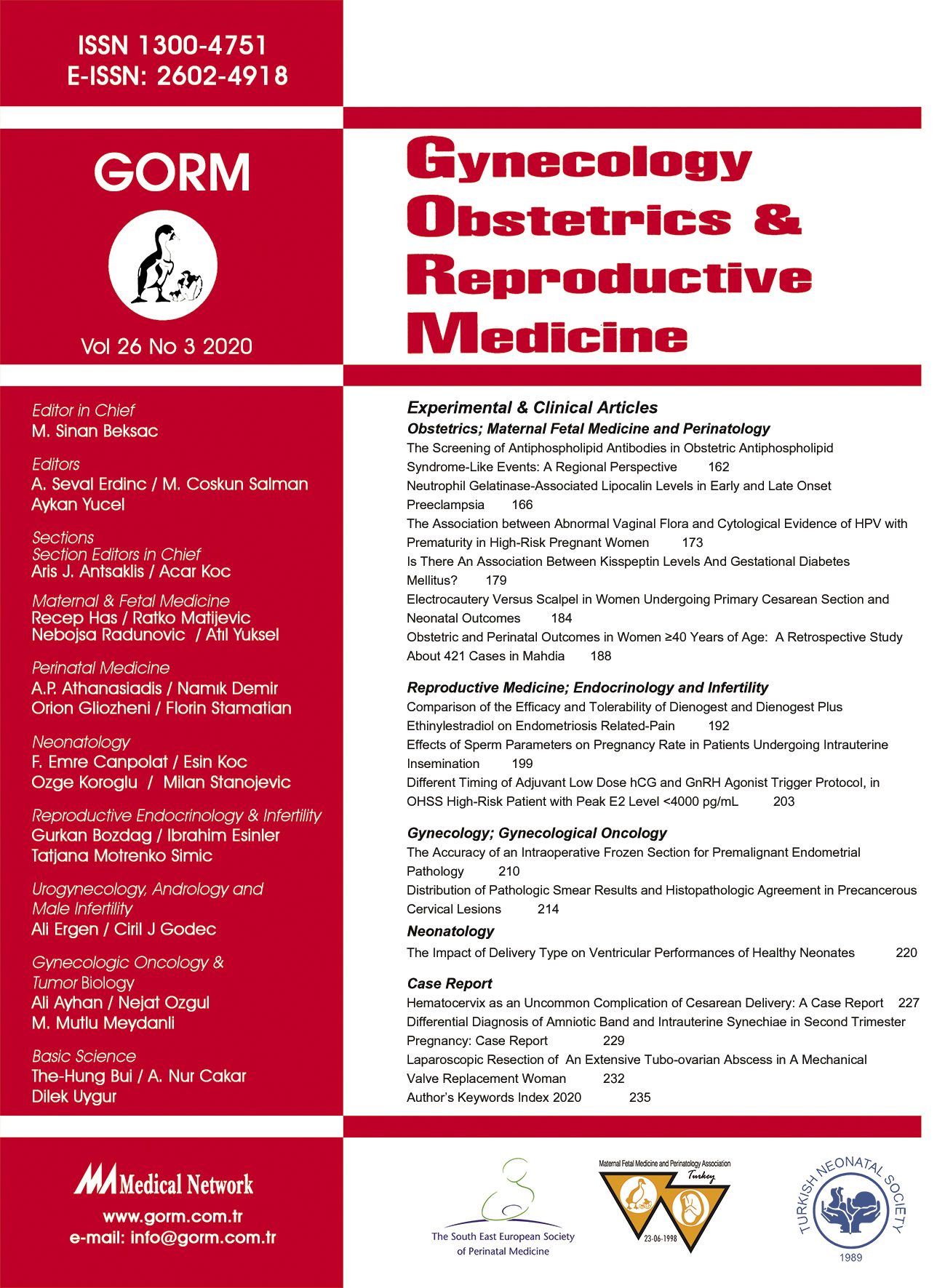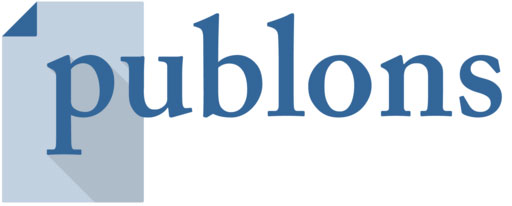Electrocautery Versus Scalpel in Women Undergoing Primary Cesarean Section and Neonatal Outcomes
DOI:
https://doi.org/10.21613/GORM.2019.921Keywords:
Diathermy, Neonatal apgar scores, Primary cesarean section, Scalpel, Wound infectionAbstract
Objective: The aim of this study is to evaluate the postoperative wound infection rate, newborn effect and, the effect of skin to peritoneum incision time between diathermy and scalpel for the operation time during primer cesarean section cases.
Study Design: A retrospective study was carried out at Gazi University Hospital. A total of 74 patients met inclusion criteria in this study but 6 patients were excluded in electrocautery group for not to come controls, group I patients, n=37, underwent operation via scalpel incision and group II patients, n=31, underwent operation by diathermy incision. The main outcome measures were the operation time, postoperative wound infection rate, scar character, neonatal Apgar scores, and need of neonatal intensive care unit.
Results: There were no significant differences between newborn Apgar scores (1st and 5th minutes), wound infections, and operation times (p=0.35, p=0.69, p=0.32, respectively).
Conclusion: Related to findings, it could be suggested that diathermy might be an alternative to the scalpel in Pfannenstiel incisions contrary to the old belief about its high infection rates.
Downloads
Downloads
Published
How to Cite
Issue
Section
License
Copyright (c) 2020 Esra Isci Bostanci, Ismail Guler, Funda Cevher Akdulum, Mehmet Anil Onan

This work is licensed under a Creative Commons Attribution 4.0 International License.
All the articles published in GORM are licensed with "Creative Commons Attribution 4.0 License (CC BY 4.0)". This license entitles all parties to copy, share and redistribute all the articles, data sets, figures and supplementary files published in this journal in data mining, search engines, web sites, blogs and other digital platforms under the condition of providing references.





